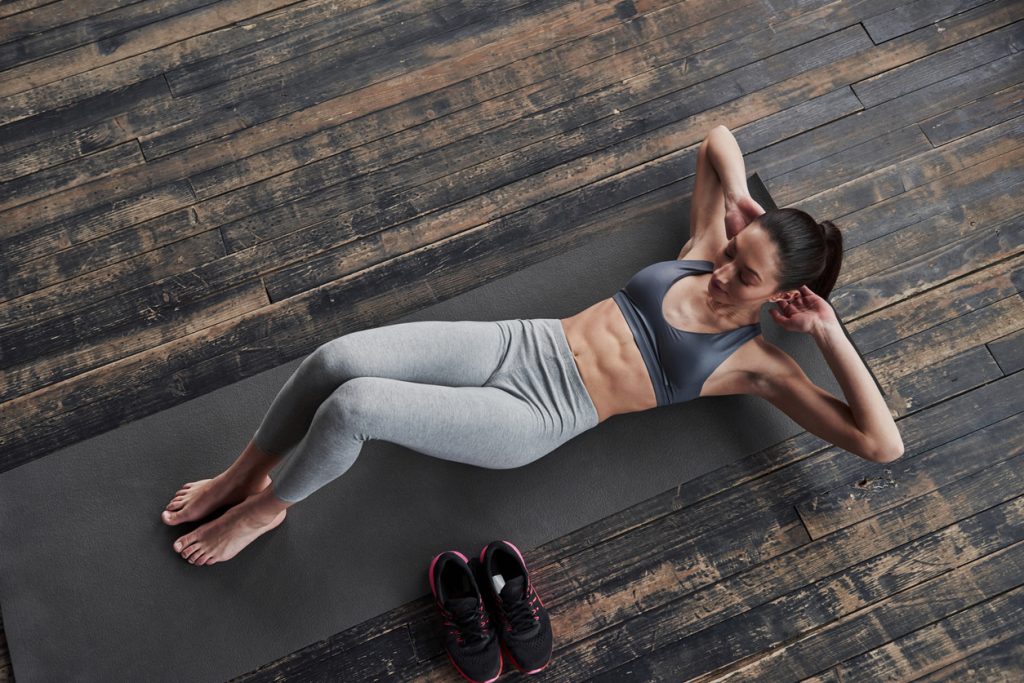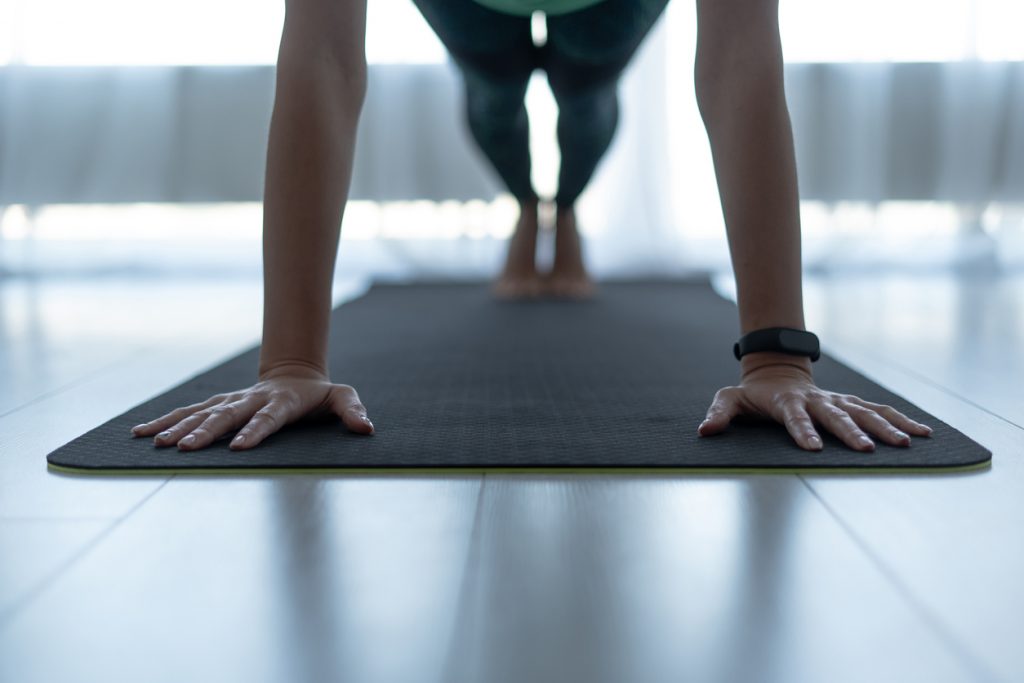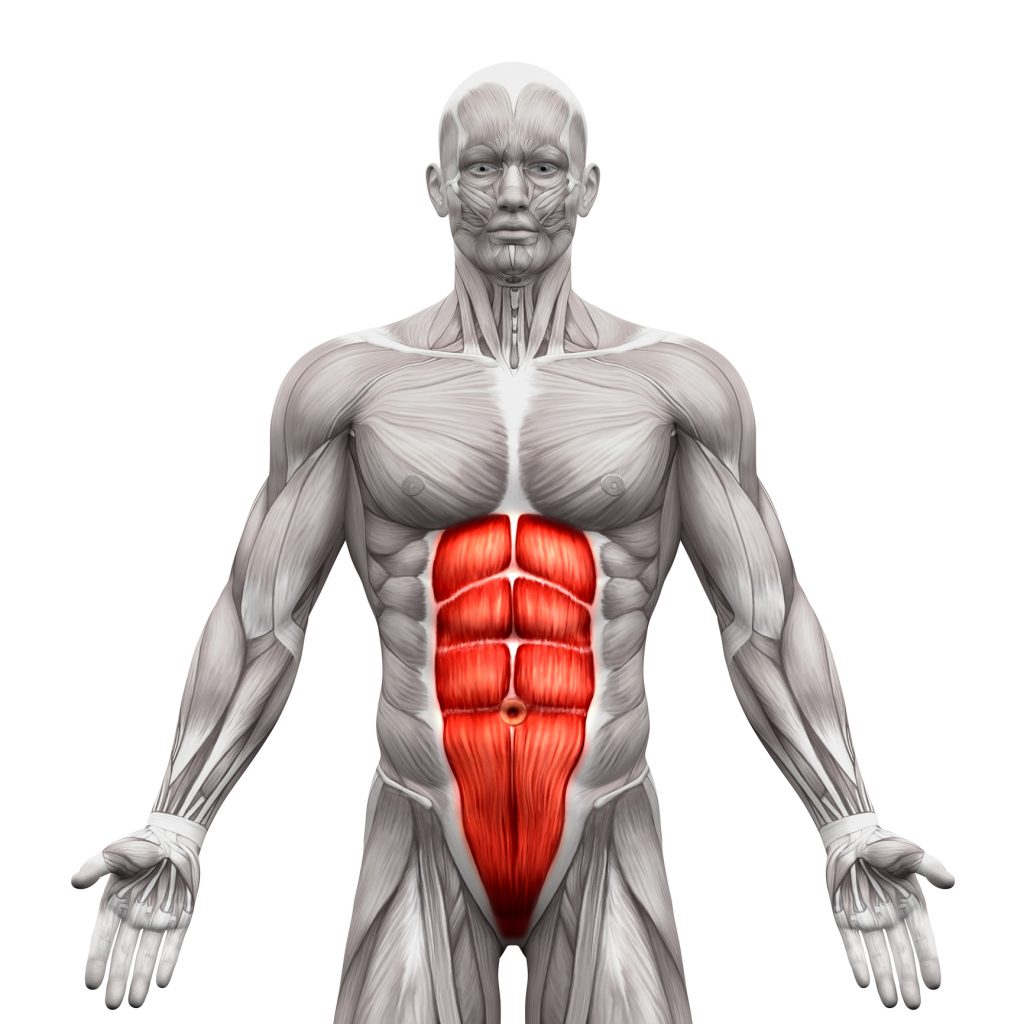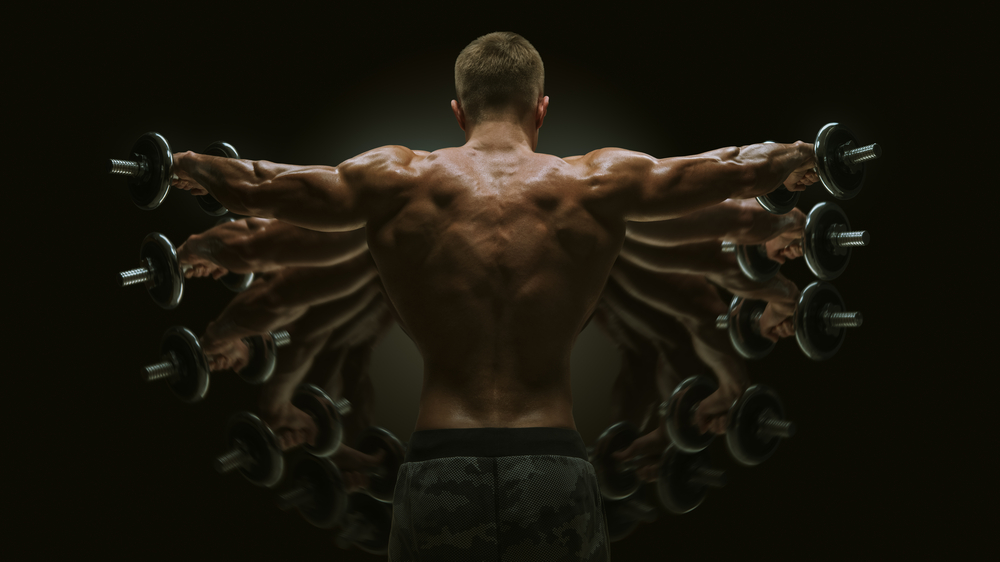Do you want to have concrete abs before the summer? It is then necessary, to stop, to condemn, the "classic" abdominals and to pass to the hypopressive abdominal gymnastics. It is enough to add some simple rules, so that these abdominal muscles are protective, and muscled in a correct way.
Indeed, before working on the visual aspect and your chocolate bars become indigestible, you will have to work on the background by putting forward the deep abs to have a flat belly and avoid that it is big and hard.
WHAT IS WRONG WITH THE SO-CALLED "CLASSIC" ABS?
The crunch-abdos or half chair lift is the most commonly practiced exercise for the abdominal muscles. It is normally done with the body weight, without equipment, but beginners will benefit from placing the legs on a chair to easily initiate the flexion of the chest.
The crunch, badly executed can have the opposite effect of that expected:
From an aesthetic point of view the belly is fixed in position "belly out", and we are thus very far from the flat belly so much desired.
From a medical point of view it is harmful for the pelvic floor and does not form the protective sheath called "abdominal box", which can exist when good abdominal muscles are coupled with good paravertebral and back muscles.
When we perform the abdominal muscles in a "classic" way, and not in a hypopressive way, (see classic abs diagram), we are actually only muscling the superficial abdominal muscles, which are called the chocolate bars. We do muscle them, but we don't muscle them well.
During this flexion, the pressure exerted on the abdomen is such that there will be a displacement of the viscera. Thus, if the rules of hypopressive musculation are not respected, this push on the viscera will exert a significant pressure at two levels:
On the pelvic floor (descent of the viscera)
Anteriorly, on the belly(pressure on all the abdominal muscles). This is visible because at the end of flexion, one can notice that "the belly comes out": these are viscera that push on muscles.
The direct consequences are respectively:
A weakening of this pelvic floor(perineum) with, in the long term, risks of prolapse, descent of organs, incontinence, premature ejaculations....
The superficial abdominal muscles work while the organs exert pressure on them,so they become muscular in external stroke,that is to say in "long position".
Thus, in all cases, the aim of the hours of muscle training is well-being, the prevention of possible injuries, or the development of a musculature for aesthetic purposes. It is therefore necessary to convert to this method of hypopressive abdominal training.
WHAT DOES THIS METHOD OF HYPOPRESSIVE ABDOMINAL TRAINING CONSIST OF
The first muscle of the abdominal group to be toned is the deepest muscle: the transverse muscle.
Its action? It is by pulling in the abdomen that we contract it and thus build up its muscles. Thus, the first step in the musculation of the abdominal muscles, is to understand this contraction and to work it, in order to muscularize the transverse muscle.
Then, with this contraction of the transverse, it is possible to add the contraction of the other abdominal muscles which are: the rectus abdominis, the squares of the lumbar vertebrae and the obliques.
To obtain a contraction of the superficial muscles, we can use the classic "crunch" exercise. The trunk is flexed against gravity. In order for this exercise to be beneficial and to be part of a good hypopressive abdominal muscle training, it is sufficient to add a few simple, but nevertheless PRIORITY rules:
The "superficial" abdominal muscles should not be contracted without first having contracted the transverse. This contraction of the transverse muscle must be controlled throughout the exercise! Contraction of the transverse muscle = tummy tuck.
The contraction of the transverse muscle coupled with the trunk flexion will prevent the organs from pushing on the abdomen, and therefore prevent the superficial abdominal muscles from being trained in the long run (i. e. to train the abdominal muscles in the "belly out" position). Flat stomach effect guaranteed (it's there!)
To contract the superficial abdominal muscles consists in a flexion of the trunk. So in this exercise, raise the head and slightly the shoulders, without it being necessary to go higher. Anterior flexion for the rectus muscles, flexion and rotation (i. e. diagonal flexion) for the oblique muscles.
During each flexion, contraction of the perineum in order to prevent the descent of the viscera and their push on the pelvic floor.
The rhythm of the contractions is modelled on the rhythm of a breathing cycle. It is unavoidable to couple the muscular development of the abdominal muscles with breathing and the mobilisation/working of the diaphragm. Thus it is necessary to couple the contraction of the abdominal muscles with the expiration.
YES, IT IS NORMAL!
Yes, the rhythm is slow because it is modelled on the breathing Yes, we only lift the chest a few centimetres,
(but keeping the contraction of the perineum and the transverse muscle beyond, is a feat)
Yes, a dozen movements will be enough to tire you out
In reality, the first days (weeks?), the contraction of the superficial abdominals is not necessary. Indeed, in most cases, the transverse muscle (deep) being too weak, it will be necessary to train it independently.
It is therefore necessary to first work on the belly tuck, on the expiration and contraction, while maintaining the contraction of the perineum. Once this is well acquired, it will be possible to add the flexion of the trunk (or the irradiation of the upper limbs).









